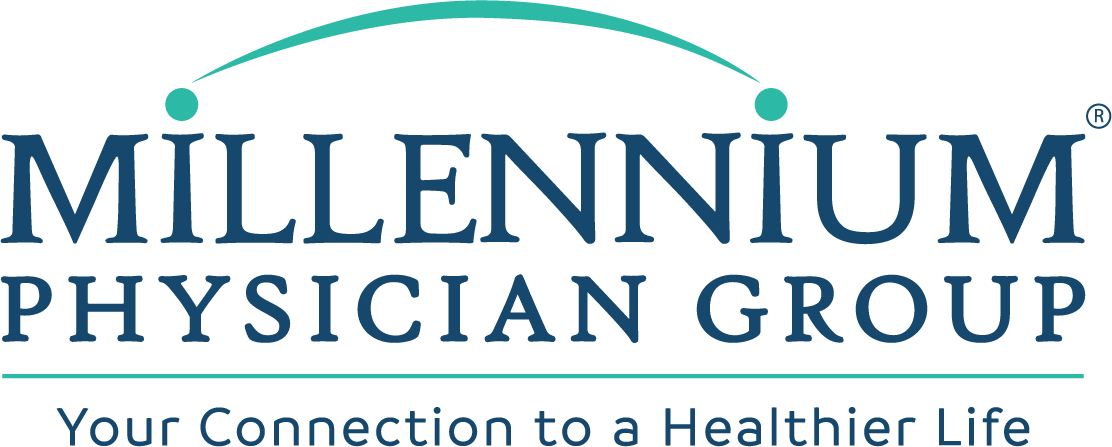Medicare’s “Main Event”

Open Enrollment
Are you ready for some benefits? Medicare Open Enrollment Period (also referred to as the Annual Enrollment Period) runs from October 15 through December 7, but you’ll start feeling the excitement a couple of weeks earlier. The pre-game show started October 1, and you probably noticed because your e-mail and snail mailboxes, TV and radio programming have been alerting you that something big is happening. But why? Your good health is why!
Whether you’re aging into Medicare or have been covered for years, these eight weeks are an opportunity to compare benefit options, and make sure you have the absolute best health coverage for you. You can opt for Original Medicare coverage or compare the many options available from Medicare-approved private companies offering what’s called Medicare Advantage plans (also called Medicare Part C.)
It’s been called Medicare’s Main Event
This enrollment period is your chance to score a healthcare win. Click here to learn how to prepare for Open Enrollment from Medicare.gov.
Practice Makes Perfect
You can’t win if you don’t practice. During this enrollment period, you’ll come across a lot of new and unfamiliar terms and abbreviations. Don’t panic! The key to success is learning the basics, and here are some of the most common and important Medicare and Medicare Advantage terms to know:
- Part A is one of two parts of original Medicare and covers inpatient benefits, including hospital stays, skilled nursing facilities, home health, and nursing homes.
- Part B is the other of the two parts of original Medicare and covers outpatient services, such as doctor visits.
- Part C is another term for Medicare Advantage and includes parts A and B, along with added benefits like drug, vision, and/or dental coverage. Transportation and stipends for over-the-counter needs can also be included. Medicare-approved private companies offer these plans.
- Part D provides prescription drug coverage. Private health insurance companies administer these plans.
- Initial enrollment period (IEP) is the 7-month period leading up to and after your 65th birthday during which you can sign up for Medicare. IEP begins 3 months before you turn 65, includes the month of your birthday and ends 3 months later.
- General enrollment period (GEP) is the period between January 1 and March 31 each year when you can sign up for original Medicare or Medicare Advantage if you didn’t do so during your Initial Enrollment Period. Coverage elected at this time goes into effect on July 1.
- Open Enrollment Period (OEP), also called Annual Enrollment Period (AEP), runs from October 15 to December 7. During this time, Medicare beneficiaries can compare coverage options like Original Medicare and Medicare Advantage plans and pick the plan that best meets their needs for the following year. Not to be confused with Medicare Advantage Open Enrollment, which runs from January 1 to March 31, and is the period during which those who are already enrolled in a Medicare Advantage plan can switch to another plan or return to Original Medicare.
Other Basics:
- Annual cap is a yearly limit on out-of-pocket expenses.
- Donut Hole: Most Medicare drug plans have a coverage gap (also called the “donut hole”). This means there’s a temporary limit on what the drug plan will cover for drugs. Not everyone will enter the coverage gap. The coverage gap begins after you and your drug plan have spent a certain amount for covered drugs. Once you and your plan have spent $4,130 on covered drugs in 2021, you’re in the coverage gap. This amount may change each year. Also, people with Medicare who get Extra Help paying Part D costs won’t enter the coverage gap.
- Formulary is a list of prescription drugs covered by a prescription drug plan or another insurance plan offering prescription drug benefits. Also called a drug list.
- Late enrollment penalty is a lifelong higher premium that Medicare may charge a person who does not enroll when they first become eligible. However, Medicare may make exceptions if the person was insured under another plan.
- Medigap is also known as Medicare Supplement Insurance. Private health insurance companies administer these plans, and they cover 50 to 100 percent of part A and B’s out-of-pocket costs. For Medigap, the OEP is the six-month period that runs from the month a person turns 65 and signs up for Medicare Part B.
- Out-of-network describes any healthcare provider who Medicare has not specified as preferable to a particular plan. In some plans, using an out-of-network provider may not be an option, or it may cost a person more.
Game time!
These are just a few of the many Medicare terms you’ll need to become familiar with. It may seem like a lot to take in at first, but learning and understanding the Medicare lingo will help you make the most of your coverage. For a complete list of Medicare terms visit medicare.gov/glossary.
Ready to enroll or compare coverage? Contact our trusted partners at Healthshare360.
For more information visit – YourMedicareConnect.com
Comments are closed.

 Your Safety is our Priority! Masks May Be Required at Millennium Offices.
Your Safety is our Priority! Masks May Be Required at Millennium Offices.